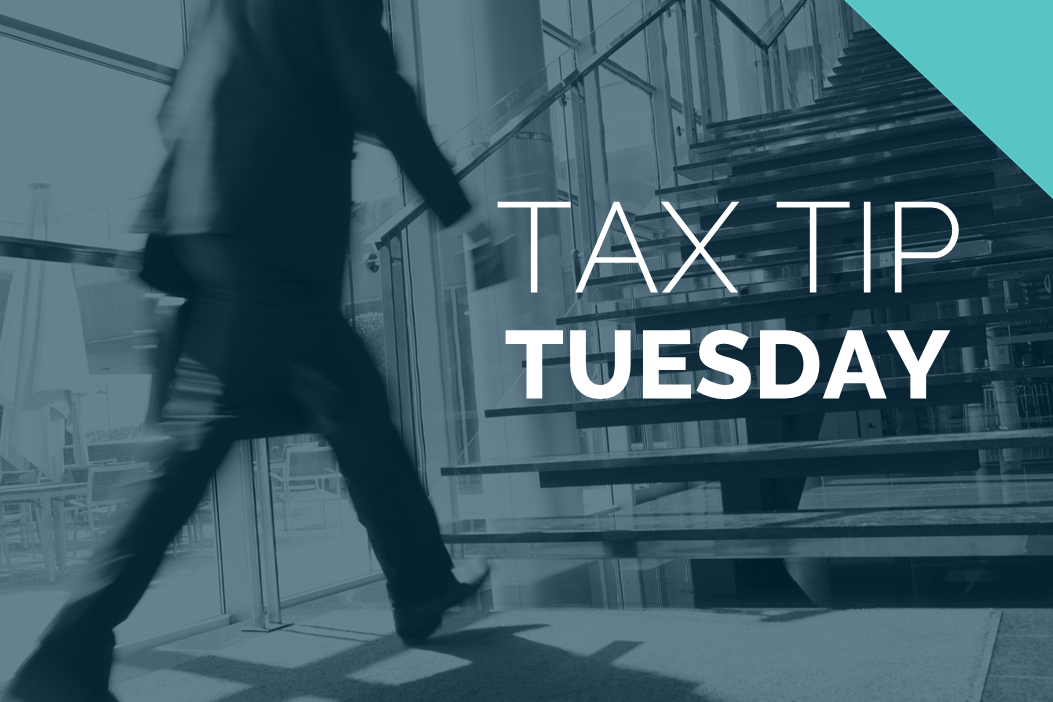Effective May 21, 2023, P&N has joined EisnerAmper. Read the full announcement here.

Over the last several days, the United States Senate has been working on a bill to provide emergency health care and economic assistance during the COVID-19 global pandemic. This bill, known as the Coronavirus Aid, Relief, and Economic Security (CARES) Act, addresses concerns ranging from small business interruption to individual, family, and business economic relief. While the bill also contains a myriad of economic and healthcare response-related provisions, this summary focuses on one aspect of the economic provisions, the Paycheck Protection Program.
This legislation was fully passed by Congress on March 27, 2020, and is expected to be enacted by President Trump in short order. P&N is closely following the CARES Act and will update this article with any changes. Please contact us if you have questions about how this applies to your organization.
Related Article: The New Round of PPP Loan Programs
Paycheck Protection Program Overview
The CARES Act focuses on providing economic relief with a newly-created tool: the Paycheck Protection Program (“PPP”). This program expands the existing Small Business Administration (“SBA”) loan program and allows the SBA to provide additional loans and loan forgiveness to businesses and certain individuals as a result of the COVID-19 pandemic. PPP loans may be obtained by contacting an SBA-approved lender. The SBA will provide loans through the PPP during the covered period, from February 15, 2020 to June 30, 2020.
Does My Business Qualify?
The PPP expands existing SBA coverage. The following types of entities and individuals can qualify for loans through the PPP:
Small Businesses & Certain Nonprofit Organizations
Business concerns, 501(c)(3) organizations, veteran’s organizations, and tribal business concerns that either employ 500 or fewer employees or employ not more than the size standard established by the SBA for their industry are eligible for the PPP.
Entrepreneurs & Independent Contractors
The PPP also extends coverage to eligible sole proprietors, independent contractors, and self-employed individuals. In order to receive a loan through the PPP, these individuals must furnish certain documentation, such as Form 1099-MISC and profit and loss statements to establish eligibility.
Food & Accommodation Sector
A business that has more than one physical location, but is designated under NAICS code 72, the Food and Accommodation Sector, is eligible for a PPP loan as long as each location does not employ more than 500 employees.
How Do the PPP Loans Work?
Key Limitations & Requirements
The following are examples of some generally-applicable limitations, expansions, and requirements. If you have specific questions about Paycheck Protection Program (PPP) Loans for your organization, please contact us.
The SBA will provide loans through the PPP during the covered period: February 15, 2020 to June 30, 2020.
- Maximum interest rate of 4 percent and SBA application fees are waived. Current interest rate is .5% over a two-year term.
- During the covered period, no collateral or personal guarantee shall be required for the loan.
- Loans are essentially limited to the lesser of 2.5 times the average monthly payroll costs during the 1-year period prior to the loan, or $10,000,000.
- Payroll costs are capped at $100,000 per employee on an annualized basis.
- Special calculation rules apply for seasonal workers and self-employed individuals.
- Loans may be used for operational expenses such as payroll and fringe benefits, interest on mortgage and debt obligations, rent, and utility expenses in existence prior to the covered period.
- Loans will be nonrecourse to the borrower as long as the loans are not used for unauthorized purposes, such as compensation for employees with a primary residence outside the U.S.
- Canceled indebtedness shall be excluded from gross income for federal income tax purposes.
- Complete payment deferment may be available for at least six months and up to 12 months.
General Borrower Requirements
If an entity or individual is eligible for the PPP above, then PPP loans will be extended as long as the borrower was in business on February 15, 2020, and it paid employees or independent contractors. In addition, any person applying for the loan must make a good faith certification that the uncertainty of current economic conditions justifies the loan request to support the ongoing operations of the borrower. The applicant must also acknowledge that funds will be used to retain workers and maintain payroll.
Interplay with Economic Injury Disaster Loans
Importantly, a recipient of an Economic Injury Disaster Loan (EIDL) between January 31, 2020 and the date on which PPP loans are available can still receive assistance via a PPP loan, as long as the EIDL is for a purpose other than paying costs covered by the PPP.
The EIDL and PPP loans are both designed to provide relief to businesses impacted by COVID-19. Each loan, however, has similar and different components regarding eligibility, loan amount, use of funds, terms, and other factors. Please keep in mind that due to the quickly-changing nature of relief efforts and guidance, you should always discuss significant decisions with your CPA.
Loan Forgiveness Under the PPP
Overview
One of the main features of the PPP is that loan forgiveness will be available for certain operational expenses incurred by the borrower in the first eight weeks after the loan’s origination. These operational costs are generally the same as the operational costs that are allowable uses for the PPP loans, such as payroll costs, rent, utilities, interest on mortgage obligations, and payments of other debts incurred prior to February 15, 2020.
There may be a reduction in loan forgiveness if the number of full-time equivalents or salaries are reduced; however, the PPP provides for relief from this reduction if full-time equivalents or salaries are reinstated by June 30, 2020.
There may be a reduction in loan forgiveness if the number of full-time equivalents or salaries are reduced.
How to Apply for Loan Forgiveness
In order to apply for loan forgiveness, an eligible recipient can submit an application to the lender that originated its loan, including:
- Documentation verifying the number of full-time equivalent employees and relevant pay rate, including state and federal payroll and unemployment filings;
- Documentation verifying covered payroll, interest on debt obligations, leaves, and utility payments (such as, canceled checks, receipts, and account statements);
- A certification from the recipient that all documentation presented is true and correct AND the amount for which the forgiveness is requested was used for permissible purposes; and,
- Any other documentation as required by the SBA.
Lenders are required to issue a loan forgiveness decision within 60 days; they will be repaid 90 days after the date on which the amount of forgiveness is determined. Any amount that is not forgiven will be guaranteed by the Administration.
Subsidy for Certain Loan Payments
In its passage of the CARES Act, the Senate also included a provision creating subsidies for certain SBA loans. This legislation noted that all borrowers are adversely affected by the COVID-19 and, as a result, relief payments by the SBA are appropriate for all borrowers.
For any loan guaranteed under section 7(a) of the Small Business Act, excluding those made under the Paycheck Protection Program, the SBA shall pay principal, interest, and associated fees in a regular servicing status for various loans for six months. The borrower is relieved of any payment of such amounts.
Help Is Available
The COVID-19 pandemic has created a constantly-changing situation for businesses of every size and industry. As the CARES Act is finalized, future legislation is developed, deadlines are updated, and additional challenges and opportunities are uncovered, P&N’s dedicated professionals are committed to understanding and applying this information to help our clients. Please contact us or connect with your P&N advisor to discuss your organization’s questions, concerns, and priorities.



